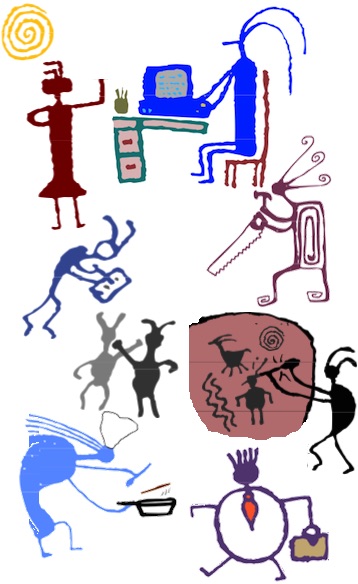I’m a fan of The Greater Good Science Center at the University of California, Berkeley. The Center studies the psychology, sociology, and neuroscience of human well-being. It uses these science-based studies to promote skills that foster a thriving, resilient, and compassionate society. I find it a wonderful pushback to the pseudo-science that too many people are falling for. I follow the Center on social media and encourage you to do so as well.
In the end-of-year article The Top 10 Insights from the “Science of a Meaningful Life” in 2022, the center highlights what it considers the most provocative and influential findings published during this past year. The entire article is excellent, but this part of the article stood out to me in particular, and I hope you will consider what this could mean regarding volunteer engagement:
In a September paper published in PLoS ONE, a team of researchers studied more than 7,000 U.S. adults whose “Big Five” personality traits had been monitored from 2014 onward.
Observing people over time, the researchers didn’t find significant changes in personality through the start of the pandemic. But then, as time wore on into 2021 and 2022, personalities did in fact start to shift:
- Extraversion: We became less likely to seek out company and enjoy time with others;
- Openness: We lost capacity to seek out novelty and engage with new ideas;
- Agreeableness: Sympathy and kindness declined, affecting our ability to get along with others;
- Conscientiousness: We became less motivated to pursue goals and accept responsibilities.
Another study published just this month by Biological Psychiatry combined mental health assessments with brain scans of 163 adolescents, before the pandemic and then two years later. The results are startling: “Youth assessed after the pandemic shutdowns had more severe internalizing mental health problems, reduced cortical thickness, larger hippocampal and amygdala volume, and more advanced brain age.”
Yes, these studies document negative changes—but if personalities can shift in that direction in so short a time, they can shift in positive directions, too.
I think that, in the USA, the political situation also has greatly affected our capabilities at civility, and not in a good way. I think these personality shifts are real – but not entirely the fault of the pandemic.
Could more volunteer engagement help address these negative personality shifts? Do these personality shifts explain, in part, why so many organizations have experienced a drop in volunteer engagement? I say yes to both, and call on funders, especially corporations, to invest in volunteer management at nonprofits to help increase the number of volunteers across the USA. Here’s what funding volunteer engagement looks like.
This isn’t the first time I’ve said increased volunteer engagement could help address a negative trend in our society: I also believe that volunteering can help to build community cohesion. But none of this is going to happen without vast increases as funding for volunteer management.

If you have benefited from this blog or other parts of my web site and would like to support the time that went into developing material, researching information, preparing articles, updating pages, etc., here is how you can help.
Also see:
- What too many are getting wrong about virtual volunteering these days.
- Make volunteering transformative, not about # of hours.
- Volunteer Bill of Rights – a commitment by a host organization to volunteers.
- can volunteer engagement cultivate innovation?
- Volunteer manager Fight Club
- The value of volunteers.




